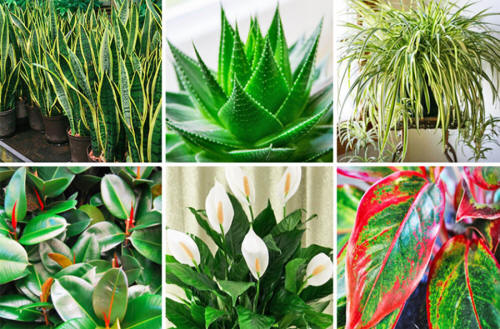Azaleas
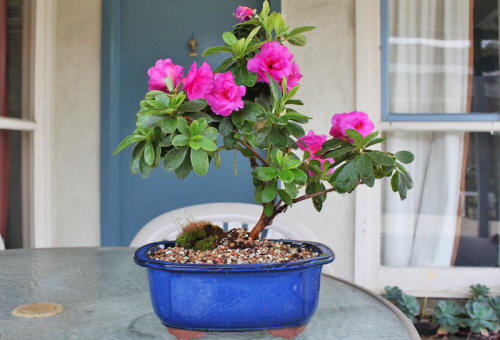
If you use low quality and toxic detergents and cleaners in your
home, this plant can help filter the air in your kitchen. It's
highly recommended to use environmentally sustainable cleaners
that don't make the air in your home toxic to begin with.
English Ivy (Hedera
Helix)
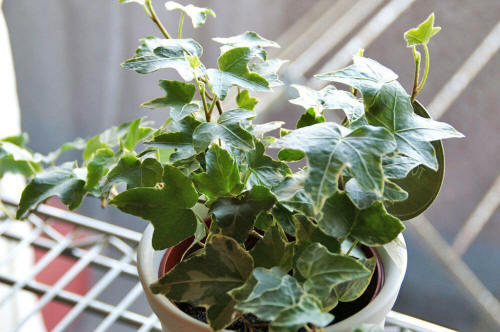
If you grow English Ivy, it's best for pots due to its invasive
nature.
Research found it to be useful in
eliminating airborne fecal-matter particles. The plant is also
great for a family who still allow smokers to smoke inside. Its
ability to soak up carcinogens from second-hand smoke helps to
purify small areas.
It's flexible when it comes to
growing conditions and doesn't require much maintenance.
Peace Lily
(Spathiphyllum)
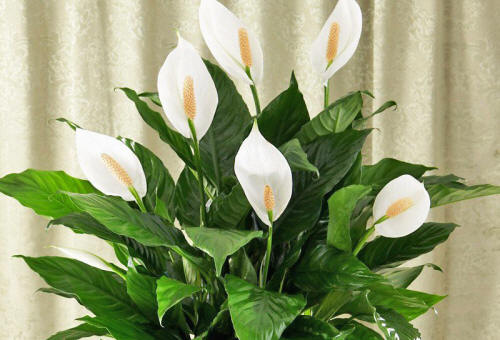
The perfect fit for any laundry or bathroom, the peace lily
specializes in the removal of mold spores.
The plant itself does not require
large amounts of water or sunlight to survive and even features
often beautiful flowers that make it a decorative piece. In
addition to mold, the plant is also known to remove formaldehyde
and trichloroethylene.
(Warning: If you own or live
with cats the Peace Lily is known to be extremely toxic to cats
if they consume it)
Bamboo
Palm (Chamaedorea Seifrizii)
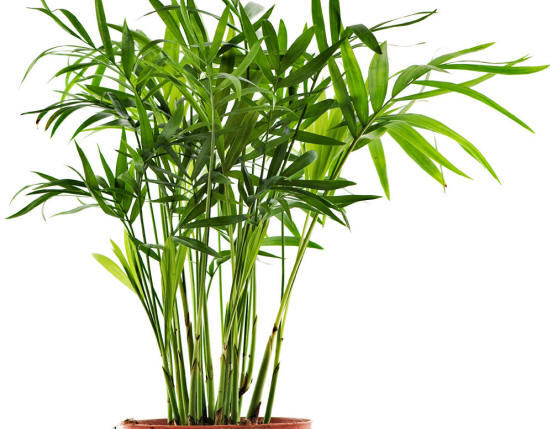
Normally never growing larger than 10 feet tall, the Bamboo Palm
is an easy addition to almost any interior space. As a plant is
it recognized as one of the best at filtering out benzene and
trichloroethylene, both of which can regularly creep into living
spaces.
The bamboo palm is also great next
to pieces of furniture that may be prone to off-gassing
formaldehyde, another toxin it can naturally handle pretty well.
Chinese
Evergreen (Aglaonema)
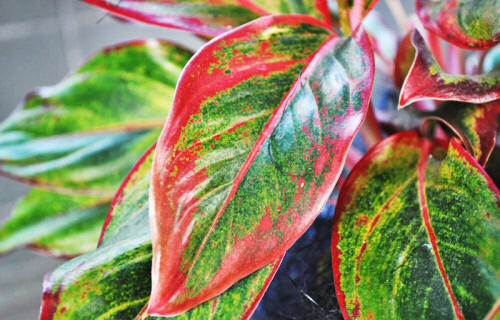
What truly makes the Chinese Evergreen cool is the development
of its effectiveness. The more time the plant spends in a
space, the more effective it becomes at removing the air
pollutants and toxins of the area.
Much like the Peace Lily it
can happily exist in even a low-light setting and can often
bloom and produce berries as well.
Aloe Vera
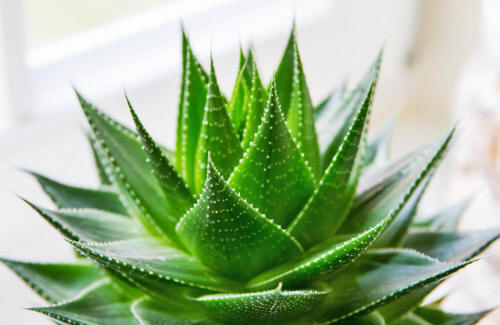
The Aloe Vera plant is incredibly easy to grow and maintain, and
like many of its counterparts is wonderful for filtering out air
pollutants and toxins.
However what sets the Aloe Vera
plant apart is the healing ability of the gel within each of its
leaves. Rich in vitamins A, C, E, B1, B2, B12 and many more the
gel can effectively be used to help heal cuts and burns.
Aloe has also been linked to assist
with detoxification, alkalinity, digestion, the immune system,
skin health and much more.
It truly is a super plant that can
even be easily grown in a small pot on a window sill.
Pelargonium
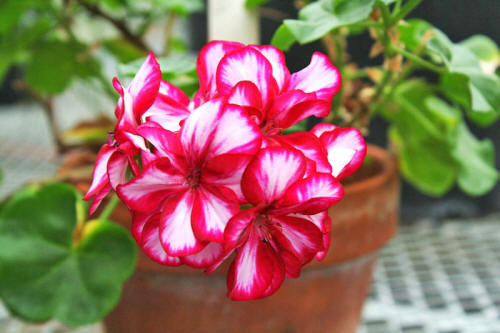
This beautiful flower does a great job cleaning the air,
removing unwanted odors, killing bacteria and it also helps to
keep moths away. If you use the essential oils from the plant,
they are great for sleep and calming the nervous system.
Spider
Plant (Chlorophytum Comosum)

The Spider Plant requires natural light but shouldn't be exposed
directly to the sun.
We have a bunch of these around our
office at CE and we love them. They thrive quite easily and
don't take much maintenance. They do a great job of sequestering
carbon monoxide so a kitchen is a great place for these.
You can even make more plants from
this plant very easily as it grows baby versions of itself.
Rubber
Plant (Ficus Elastica)
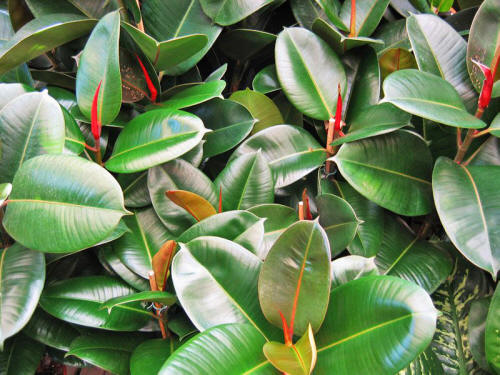
Like its name suggests the Rubber Plant is one tough character
capable of surviving and thriving in much less light and lower
temperatures than most plants of its size.
Of all Ficus plants tested, it
scored the best in removing toxins and pollutants from the
inside of homes.
It is especially tough on
formaldehyde.
Snake
Plant (Sansevieria Trifasciata)
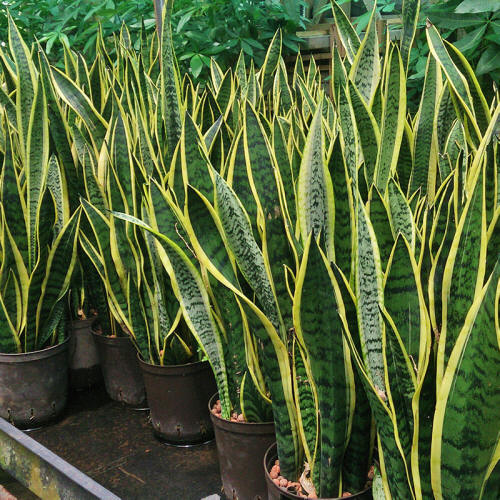
The Snake Plant focus on doing it's important work at night.
It sucks in carbon dioxide and
releases oxygen during the night, helping people sleep better.
Many choose to keep it in their bedroom or carpeted living room.
As with many of the plants in this
list, it's easy to take care of and it can even prevent the
formaldehyde that leaks from your carpet and wood furniture from
sticking around the air.


